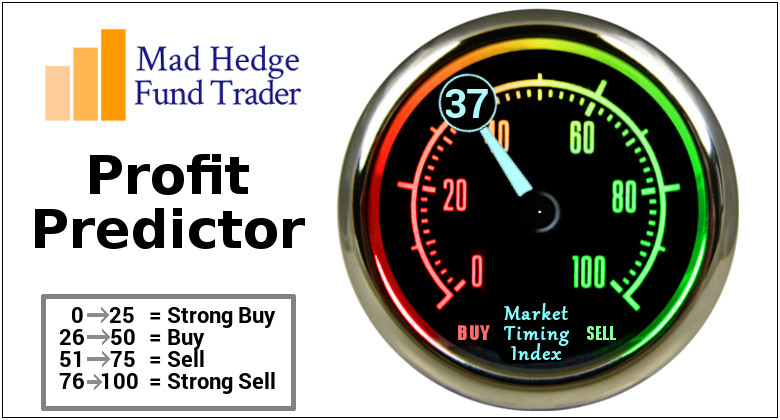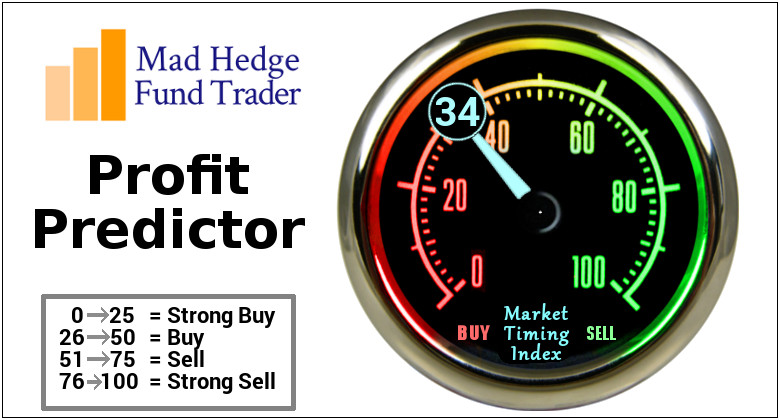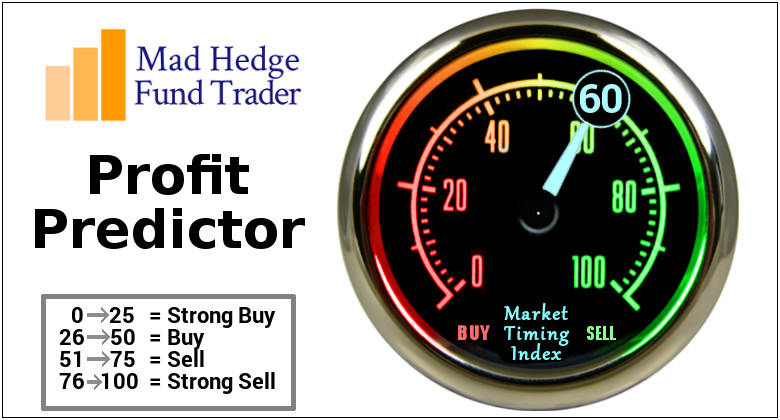“Staving off death is a thing that you have to work at…If living things don’t actively work to prevent it, they would eventually merge with their surroundings and cease to exist as autonomous beings. That is what happens when they die.”
This is a quote from Richard Dawkins, which Jeff Bezos wrote to Amazon (AMZN) shareholders in his farewell letter. Needless to say, death and decay seem to be at the forefront of his mind these days.
That’s why it comes as no surprise that the founder of Blue Origin and, of course, Amazon (as well as Elon Musk’s favorite punching bag) has launched a company comprising renowned scientists and globally respected executives to realize his dream of developing immortality technology.
The company, called Altos Labs, is basically an anti-aging venture. While many people would probably mock the idea, this seemingly impossible wild concept has notable names backing it.
Bezos is not the only investor putting his money on this project.
Russian billionaire Yuri Milner, whose wealth expanded thanks to his strategic funding of Facebook (FB), along with Russian email service Mail.ru (MLRYY) and Russian social networking site VK, is also part of the mission.
In fact, the company was officially conceived in Yuri’s house in Palo Alto in the Los Altos hills, leading to the name Altos Labs. (Given that “Los Altos” means “the heights” in Spanish, they probably used it as a double entendre for Altos Labs’ goals.)
In addition to Yuri and Bezos, there are several other backers of Altos Labs.
While they aren’t specifically named, the mere fact that the startup has generated the most funding of virtually any biotechnology business at $3 billion is quite telling of how much faith investors have on this project.
And they wouldn’t be wrong.
Its remarkable roster of executives includes experts from GlaxoSmithKline (GSK), Roche’s (RHHBY) Genentech, and the National Cancer Institute.
Altos Labs not only has wealthy backers and esteemed executives on its board, it also has Nobel Prize-winning scientists working on its goals.
The highest-profile scientist they have is Shinya Yamanaka, who received the Nobel Prize in 2012 for his stem cell research.
His work, which focuses on cell “reprogramming,” can reverse the development of cells towards that of stem cells. In a nutshell, Yamanaka is working on a “backward aging” technology.
Part of the board is Juan Carlos Izpisúa Belmonte, who specializes in developing techniques to switch cells from one type to another.
He gained notoriety when he experimented on creating hybridized human and monkey embryos using Yamanaka’s technology.
Another member of Altos’ board is Jennifer Doudna, who shared the 2015 Breakthrough Prize with Yamanaka and later won the 2020 Nobel Prize for her co-discovery of CRISPR genome editing.
Although it’s a startup, the company will have offices in the San Francisco Bay Area, San Diego, Cambridge in the UK, and even Japan.
However, Altos Labs insists that it’s not chasing some impossible vision worthy of sci-fi movies.
Admittedly, most of the details about the project are still under wraps. But insiders say that Bezos and his crew seek to become the “Bell Labs” of biology.
The oversimplified explanation of its goal is that Altos Labs plans to reverse diseases, effectively regenerating new cells to help the body perform optimally.
Basically, they seek to come up with a biological reprogramming technology that can rejuvenate the cells and eventually revitalize human beings.
They target cells under pressure, including those with genetic abnormalities, suffering from injuries, or aging.
Using their reprogramming technology, they aim to create medications that can deliver one-time treatments for these conditions. Ultimately, these efforts will lead to a prolonged human life.
Further clarifying their mission, Altos explained that their goal is to extend “health span” and that boosting any longevity initiative would simply be considered an “accidental consequence.”
Inasmuch as Alto Labs is an exciting venture, it isn’t the first in the field. This startup joins the ranks of Calico Labs, which was launched in 2013 and funded by one of Google’s (GOOGL) co-founders, Larry Page.
Other startups working on reprogramming technology are Life Biosciences, Turn Biotechnologies, AgeX Therapeutics, and Shift Bioscience.
The quest to defeat death is a mission as old as time.
In response to this challenge, Alto Labs has put together an impressively pedigreed bunch.
Moreover, a solid and established connection is seen between aging clocks and reprogramming technology—all of which Alto Labs already have access to due to its roster of executives and scientists.
While the technology feels so farfetched, industry experts believe it holds indisputable and repeatable results.
These were already seen in laboratory experiments. However, these have only succeeded so far when applied to individual cells.
The technology can gather a cell from an 80-year-old and, via in vitro, reverse this age by as much as 40 years.
If this succeeds, Altos is poised to lead and dominate the “immortality” industry — a sector projected to be worth $600 billion by 2025 — soon.






















